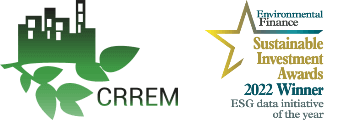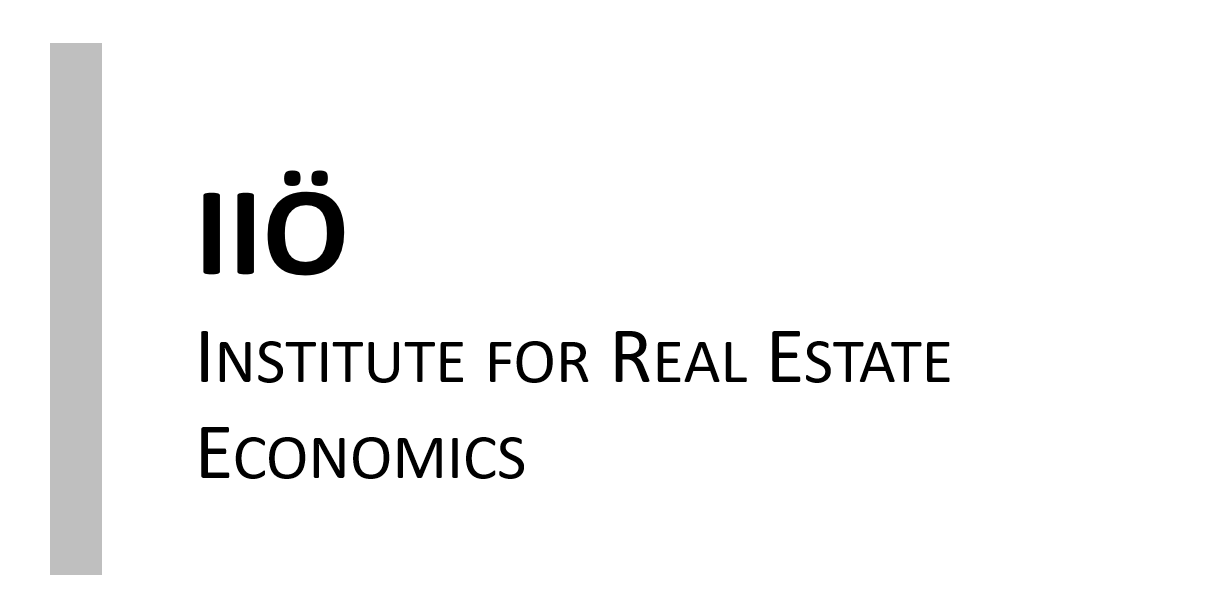About
The first phase of the Carbon Risk Real Estate Monitor (CRREM) project placed a focus on the carbon risk assessment for the European real estate industry. CRREM faces the challenge to estimate risk and uncertainty associated with real estate decarbonization, building a methodological body and empirically quantify the different scenarios and their impact on the investor portfolios. The CRREM tool helps to identify which properties will be at risk of stranding due to the expected increase in the stringent building codes, regulation, and carbon prices. It also enables an analysis of the effects of refurbishing single properties on the total carbon performance of a company. More information about the first phase is available on: www.crrem.eu.
The second phase of the CRREM project is an expansion of the initial CRREM tool and includes derived pathways and the corresponding carbon budgets on a global level. Further countries are included from North America and Asia for the residential and commercial real estate sector.
The Global Downscaling Pathways present the decarbonization targets and paths (in terms of greenhouse gas intensity) which are available for different property types for individual countries for the global warming targets of 1.5°C and 2°C, respectively. The greenhouse gas intensity targets are presented on an annual basis up to year 2050. Commercial asset classes include: Office, Retail, Warehouse, Hotel, Health, Lodges & Leisure, Data Centers, among others.
Motivation
Around 36% of global energy use and 39% of energy-related carbon dioxide emissions are accountable to the global buildings and construction sector according to the IEA Global Status Report (International Energy Agency). For improving the energy consumption of properties, the real estate industry has to increasingly address the mitigation of direct and indirect emissions resulting from the construction phase of new buildings or refurbishments, and where applicable, from the dismantling at the end of the economic useful life. Due to the low refurbishment rates in the existing European stock and the specific requirements due to climate change, any increase of energy efficiency requires more energetic retrofits in the existing property stock to reduce the carbon footprint.
“Climate change will affect the building sector because of the reduction of their quality and value”
Climate change poses serious threats to sustained economic growth and poverty reduction, quality of life and political stability in the world. It is considered that the warming process will affect sea levels and the existence of more frequent natural disasters such as floods, storm or tornadoes, which impact on the quality and maintenance of buildings and infrastructures. The higher temperature levels will change the way of life, commerce and the configuration of urban areas. Climate change and strengthened regulation will require particular retrofitting measures that have an effect on current investment decisions. Risks and uncertainties must be adequately understood, and measures are taken to identify incentives to markets that are clear, long-term and credible, given the relevance of the private sector in the process of stopping climate change.
The benefits of using CRREM ressources
CRREM is the leading global standard and initiative for operational decarbonization (of real estate assets. Major investors with over 450 Bn. Euro AuM have already applied CRREM on a regular basis in order to avoid stranding risk, address transition risk and comply with Paris-aligned decarbonization efforts. The tool has already been used for over 3,300 properties, representing more than 23 Mill. m² space globally (date: 01.07.2021).
CRREM resources have undergone intensive quality assurance and international consultation. Stakeholders applying tool and pathways have therefore a reliable and proven methodological approach to address transition risk.
CRREM initiative is collaborating and aligning with organisations and initiative addressing transition risk worldwide.
We encourage investors, financial institutions, corporates and asset managers to join the initiative and commit to assess and disclose their GHG emissions associated with their real estate portfolio according to the CRREM pathways. CRREM is open to any interested stakeholders and aims at further growing the number of commitments to the pathways. CRREM resources can support stakeholders in many ways:
- Learn more about your (real estate related) carbon and overall GHG emissions,
- Enable development of strategies regarding mitigation,
- Enable investors to align their real estate portfolios against Paris-compliant-decarbonization-pathways (including 1.5°C and 2C° scenarios),
- Undertake aggregated analysis of portfolios,
- Track mitigation of GHG over time each year and evaluate the progress of investors’ carbon performance,
- Monetarization of transition risk for operational carbon emissions / Quantify risk on property and portfolio level,
- Support transparency and communication regarding ESG targets,
- Analyse impact of retrofit on total carbon performance (trade-off of embodied carbon vs. operational savings),
- Visualize the energy performance of single properties, portfolios and companies,
- Use massive amount of default data (on EF, Carbon Pricing, Development of energy mix, HDD/CDD etc.) or own assumptions,
- Apply proven and reliable methodology based on SBti SDA convergence approach,
- Create transparency and accountability, and to enable real estate investors to align their portfolio with the Paris Climate Agreement,
- Ensure alignment with many other standards and initiatives (GRESB, INREV, PCAF, etc.).
CRREM supports stakeholder in clearly communicating the downside financial risks associated with poor energy and carbon performance and quantifying the financial implications of climate change on assets.





